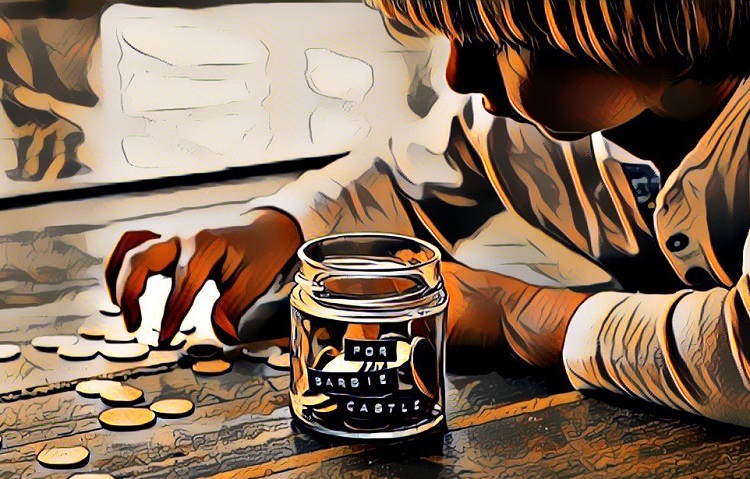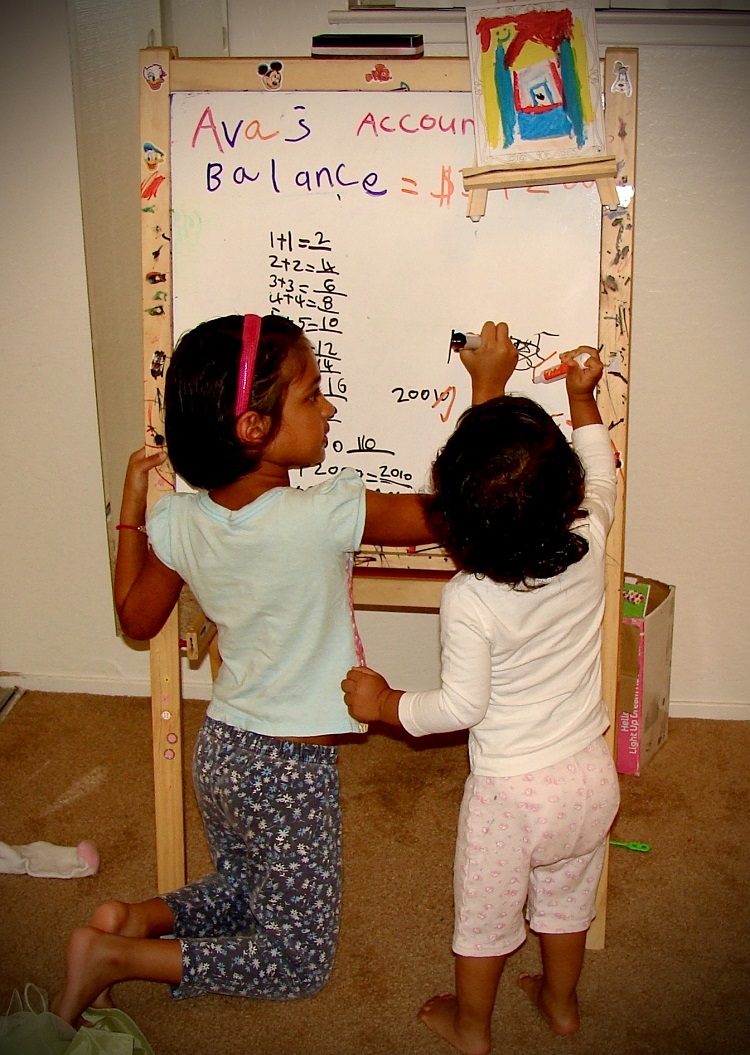There is seldom a parent who hasn’t gone through the tantrum-throwing phase of their kids’ lives. You walk into a store; your kid sees a toy and she must have it. The moment you say no and the next thing you see her rolling on the floor.
I went through that phase as well.
When my daughter was about four, I learned this neat trick from a book called The First National Bank of Dad by David Owen. It helped put an end to all her tantrums. The essence of it was allowing kids to control their own spending.
And it starts with giving them an allowance. Sizing the allowance is subjective but at age four, I’d give $4 a week and raise it by a dollar on each birthday. So, if she wanted to buy a toy that cost $20, she’d have to wait five weeks to save up the cash to afford that toy. There are two benefits:
- It teaches kids about delaying gratification. A seminal study and several follow on studies highlight the importance of being able to delay gratification as a key ingredient for success in many areas of life.
- And almost always, in a few weeks, she would change her mind about getting that toy or completely forget about it.
And a heartless dad that I was, I would hand out the allowance in small denominations and then have her store that in a transparent jar. So, on occasions that she would follow through on a purchase, she’ll feel the weight of emptying a sizable chunk of that piggy bank for what we all know would amount to literal junk that you’ll soon be trashing away anyway.
I would also have another jar that would serve as the dad’s bank where if she moved her savings to, I’d double the transferred amount on one condition: any cash that would move to this savings jar must remain invested for 6 months minimum.
Every Saturday would be a pocket money day where she would receive new allowance. That would also be a day where she would tally up all her savings. And then display her hoard on a whiteboard as well as track the amount in a spreadsheet for some pretty plotting as she watched compound interest take hold.
Granted, this is more work for busy parents, but it is a great bonding exercise with all the pluses and literally no minuses.
Grocery shopping is a great avenue to teach kids on how to make smart, responsible consumer decisions. Minimizing waste, making trade-offs and not being beholden to brands is a great way to teach them on how to stretch a dollar.
And as they get older (teens), you discuss household finances and credit cards and interest rates and the benefits of using debt responsibly. You start to involve them in bigger purchase decisions like car buying, paying for college etc. You talk to them about compound interest, the stock market, opportunity costs and the rest. Use every chance you get to talk to them about all these things before you send them out to face the mean bad world.
And kids do what you do. They don’t do what you say they should do. If your own house is in disarray, no amount of lecturing will fix their relationship with money. You might inadvertently be making things worse as they get conflicted messaging.
My daughters are now old enough to tell me that they know everything, but I know much of that experimentation worked. I see them make decisions and they are qualifiedly fine. They have learned to be empathetic. They are good students. They work hard. They don’t get easily influenced. But regardless, it is still experimentation because each kid is different. Even the two sisters, growing up in the same household, are different.
Money is not everything, but you get behaving with money right and life gets easy.
Thank you for your time.
Cover image credit – Cottonbro, Pexels


